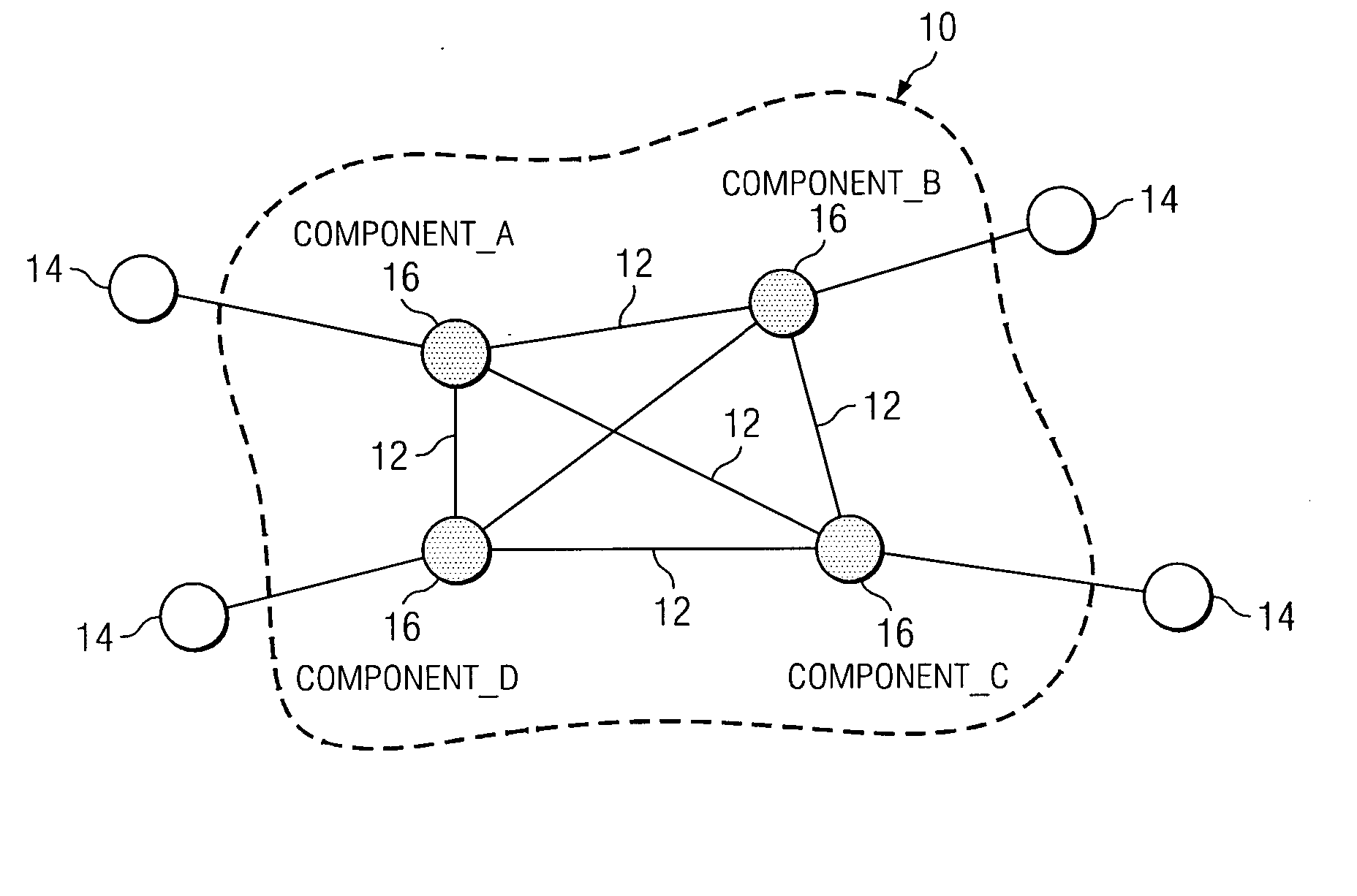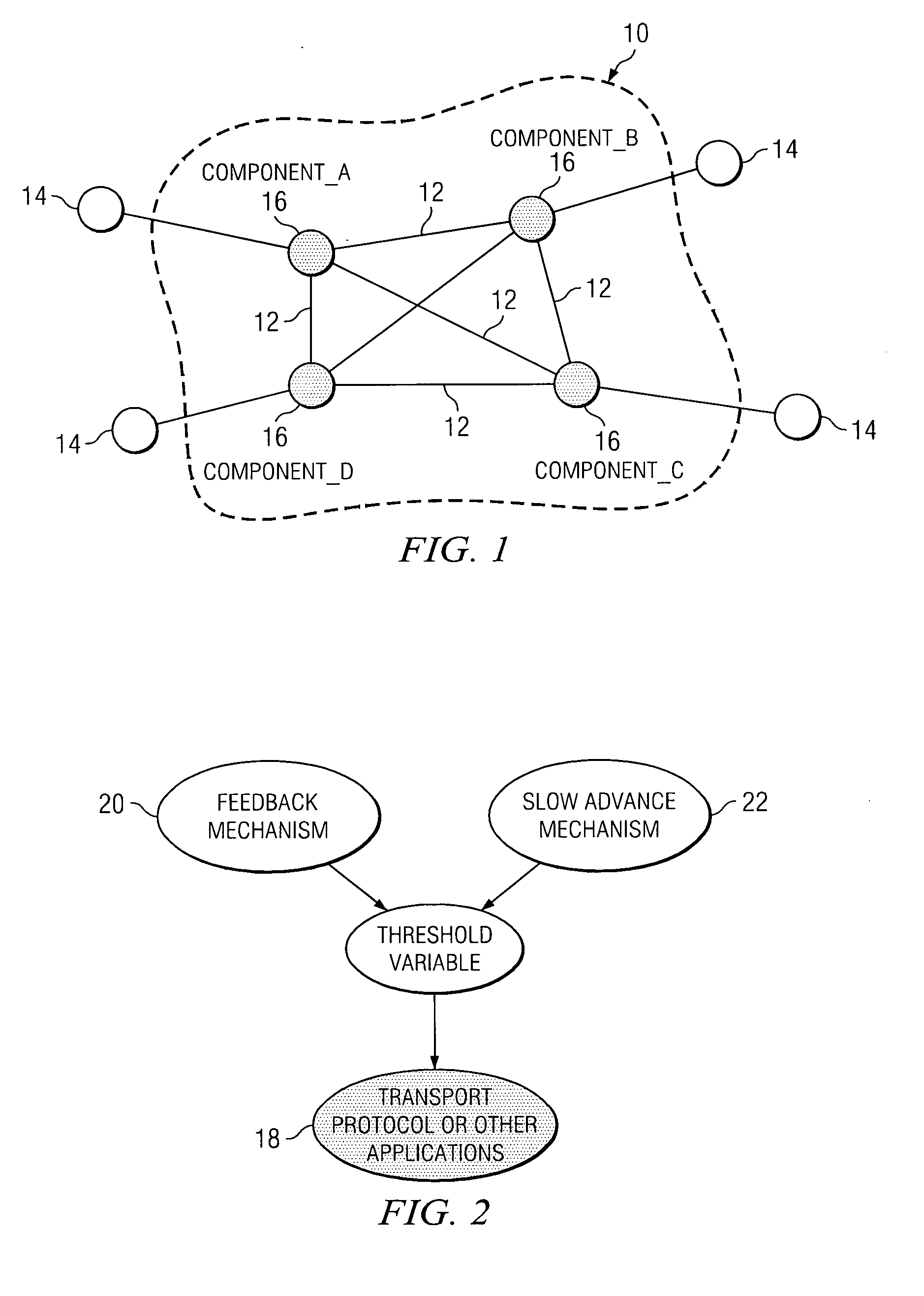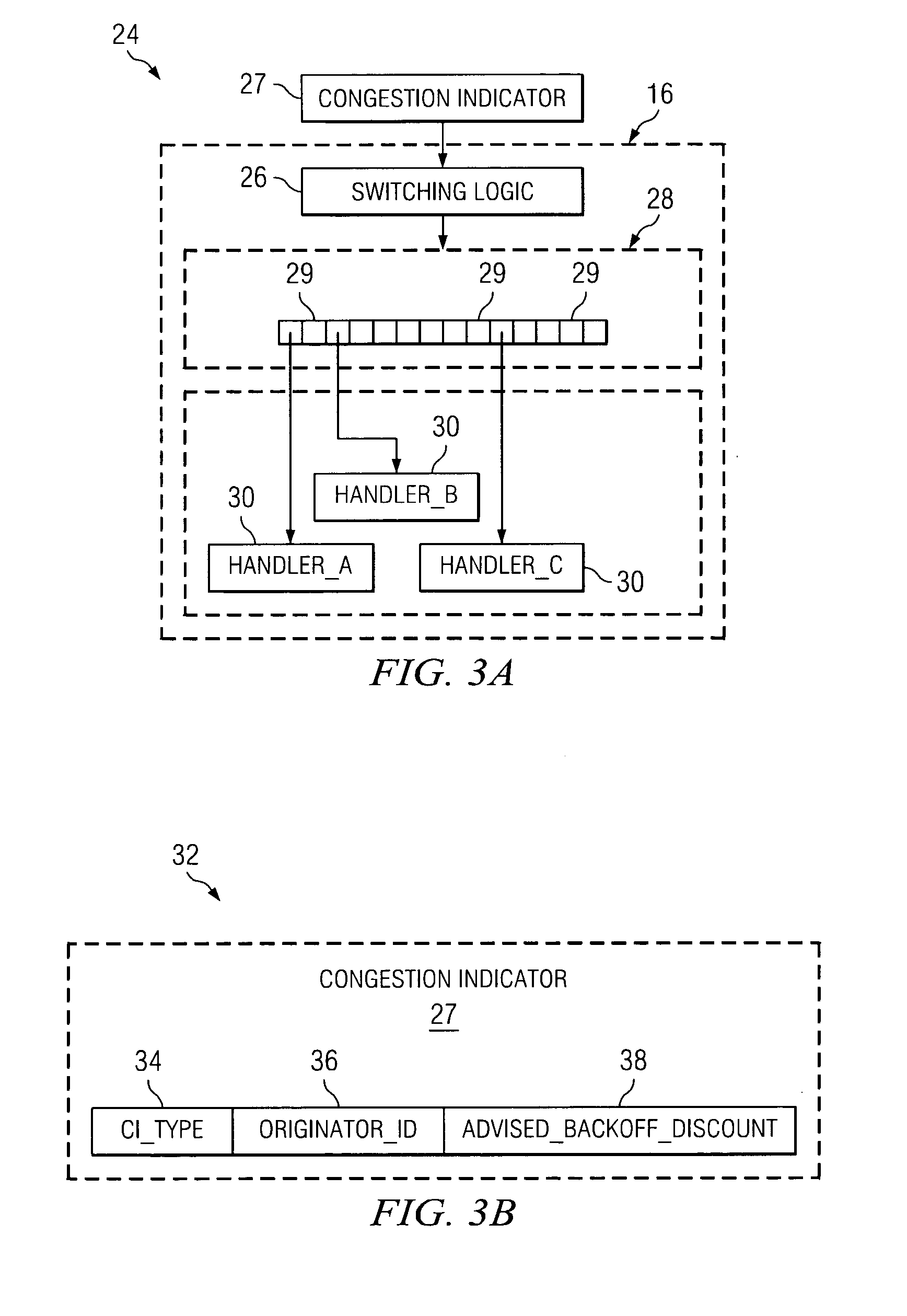Method to regulate traffic congestion in a network
a traffic congestion and network technology, applied in the field of network traffic congestion regulation, can solve the problems of network congestion, data pulling traffic, data node on which data resides might be overwhelmed by the unbounded number of data pulling requests,
- Summary
- Abstract
- Description
- Claims
- Application Information
AI Technical Summary
Benefits of technology
Problems solved by technology
Method used
Image
Examples
Embodiment Construction
To enable one of ordinary skill in the art to make and use the disclosed embodiments, a description is presented herein in the context of a patent application and its requirements. Although the present application describes certain embodiments, one of ordinary skill in the art will readily recognize that there could be variations to the embodiments.
The meaning imparted to the terms below and throughout this paper is intended not as a limitation but merely to convey character or property relevant to the method and apparatus described herein. Where the terms have a special meaning or a meaning that is inapposite to accepted meaning in the art, the value of such meaning is not intended to be sacrificed to well-worn phrases or terms. Node: A network resource consumer (can be a producer at the same time) that attaches to a network. Typically, such component participates in a communication protocol and exchanges data traffic with other nodes. Being a consumer, it generates traffic to ...
PUM
 Login to View More
Login to View More Abstract
Description
Claims
Application Information
 Login to View More
Login to View More - R&D
- Intellectual Property
- Life Sciences
- Materials
- Tech Scout
- Unparalleled Data Quality
- Higher Quality Content
- 60% Fewer Hallucinations
Browse by: Latest US Patents, China's latest patents, Technical Efficacy Thesaurus, Application Domain, Technology Topic, Popular Technical Reports.
© 2025 PatSnap. All rights reserved.Legal|Privacy policy|Modern Slavery Act Transparency Statement|Sitemap|About US| Contact US: help@patsnap.com



